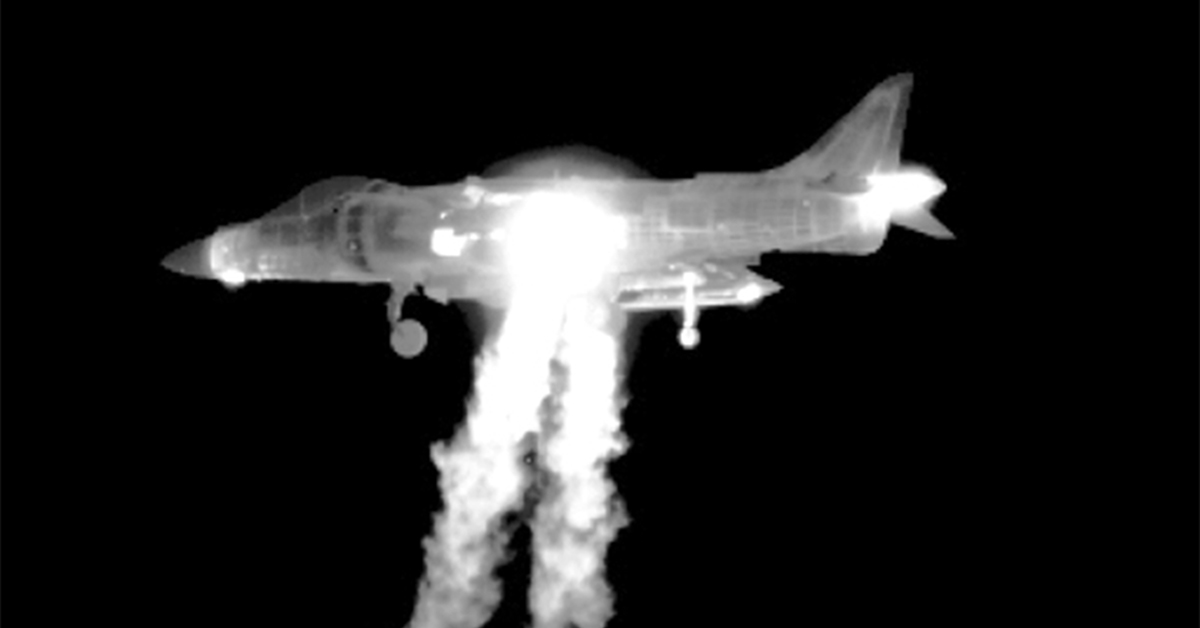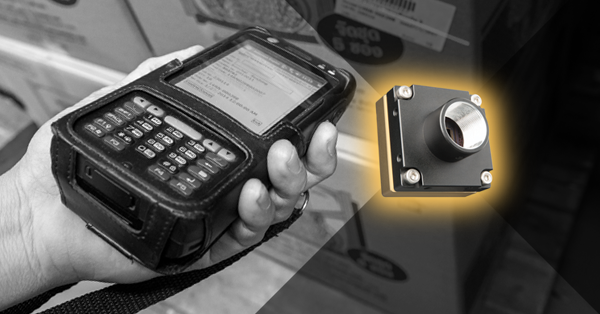High Speed Thermal Imaging

Researchers who want to stop motion on fast-moving targets, or freeze frame the thermal dynamics of targets that heat and cool rapidly, need thermal cameras that can do more than achieve fast frame rates. True high speed infrared imaging requires fast integration times – down to just microseconds – as well as the ability to capture data at 29,000 frames per second. Next generation infrared detectors now make it possible to record high speed data with the full 640 x 512 frame, meaning researchers can perform dynamic analysis of jet engine turbine blades, supersonic projectiles, explosions, and more, without losing areas of the frame to windowing. Learn more in this recorded webinar with Jerry Beeney, Business Development Manager - Science at FLIR Systems.



